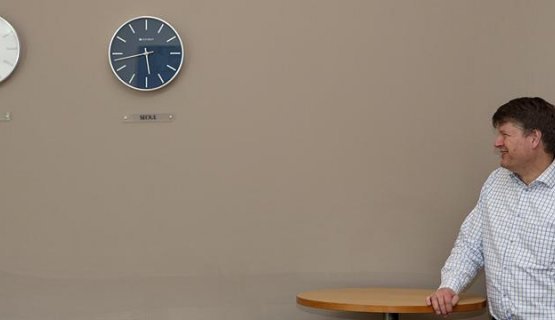The simple thing to keep in mind is that “Great Things Happen To Companies That Stay In Business”, so “Don’t Run Out Of Cash”!
No, it’s not a cool new video game… it is instead a mindset and a way of life!
It’s a way of conceptualizing and living your startup life that will ensure that you have enough cash to run your business.
The simple thing to keep in mind is that “Great Things Happen To Companies That Stay In Business”, so “Don’t Run Out Of Cash”!
It’s frustrating how many startups I meet that are making one of the two deadly errors regarding their companies’ financial futures. In the first case, the founders are desperate to bring in an investor tomorrow (ie they are running out of cash). In the second case, the founders are content to wait for 12 months to raise funding because they “don’t need the money till then” (ie they are fat and happy).
Unfortunately, both of these mindsets lead ultimately to under-realizing the value potential of the company. And of course they are both part of the same cycle – they are desperate and running out of money until they get some, and then they are fat and happy till they run out again, and then the cycle repeats itself. Does this sound familiar?
Almost all forms of investment start with finding a lead equity investor with the willingness and ability to either invest all the money themselves, or to put together a syndicate of investors to reach the fundraising goal. Equity will always be the key part of a round, even if loans and/or grants are involved, so founders should have a laser focus on getting the right lead investor. Dominoes start to drop after that.
Interestingly, I have started to re-think the fundraising process recently. Working with Aalto’s amazing Design School, I have started to play with the idea of how to apply “Design Thinking” to the fundraising process.
The key thing is to start thinking about the lead investor as you would as a customer, and then use Design Thinking techniques such as the following:
- Focus on the lead investor as a person, not as an organization.
What will make him or her into a hero? What exactly are their objectives in this investment? Create some archetypes of the ideal lead investor. - Be empathic and get insights from many angles.
Think of how and where your ideal investor may be located. Stop thinking of single dimensions of financial return – you can assume that they need a high rate of return – what else makes them tick? - Consider diverging ideas.
The best financial rounds I have seen have come from serendipity – the startup finds itself in situations where it has no competition for the investor’s time and energy. How do you get into those positions? Convergent thinking will put you in the same box with everyone else, you don’t want that! - Dream up a compelling story.
The facts about your business are things that investors look at once they really like your startup. They don’t drive decision-making; they validate or invalidate decisions that have already been made. You need to appeal to the emotions of the investor to get them even to look at the facts. The best case is when you can weave the facts into your story. - Engage in learning from failed negotiations.
And start with friendly, low probability investors. As you get experience and build argumentation from those discussions, move more and more to higher probability investors.
This may sound a little strange, but I think this helps to change the context of the fundraising process. The focus is on raising the probability of meeting the right lead investor in a context where you can be memorable and appealing, making a great pitch, and then driving forward a deal.
The good old days where one pitch and fundraising process fits all investors is long gone (not sure if it ever existed in the first place!). Today you need customized and dynamic investor pitches. Game companies are professional storytellers, so they should have no problem with most of the above ideas!
Note: In the Aalto EE Game Executive program, all teams will develop their own “Fundraising Model Canvas”, a brand new tool that will help your fundraising process and dramatically raise your potential to get funded, and make sure you “DROOC”!
William Cardwell will be teaching in Aalto ENT's Game Executive program and also in various other programs.













